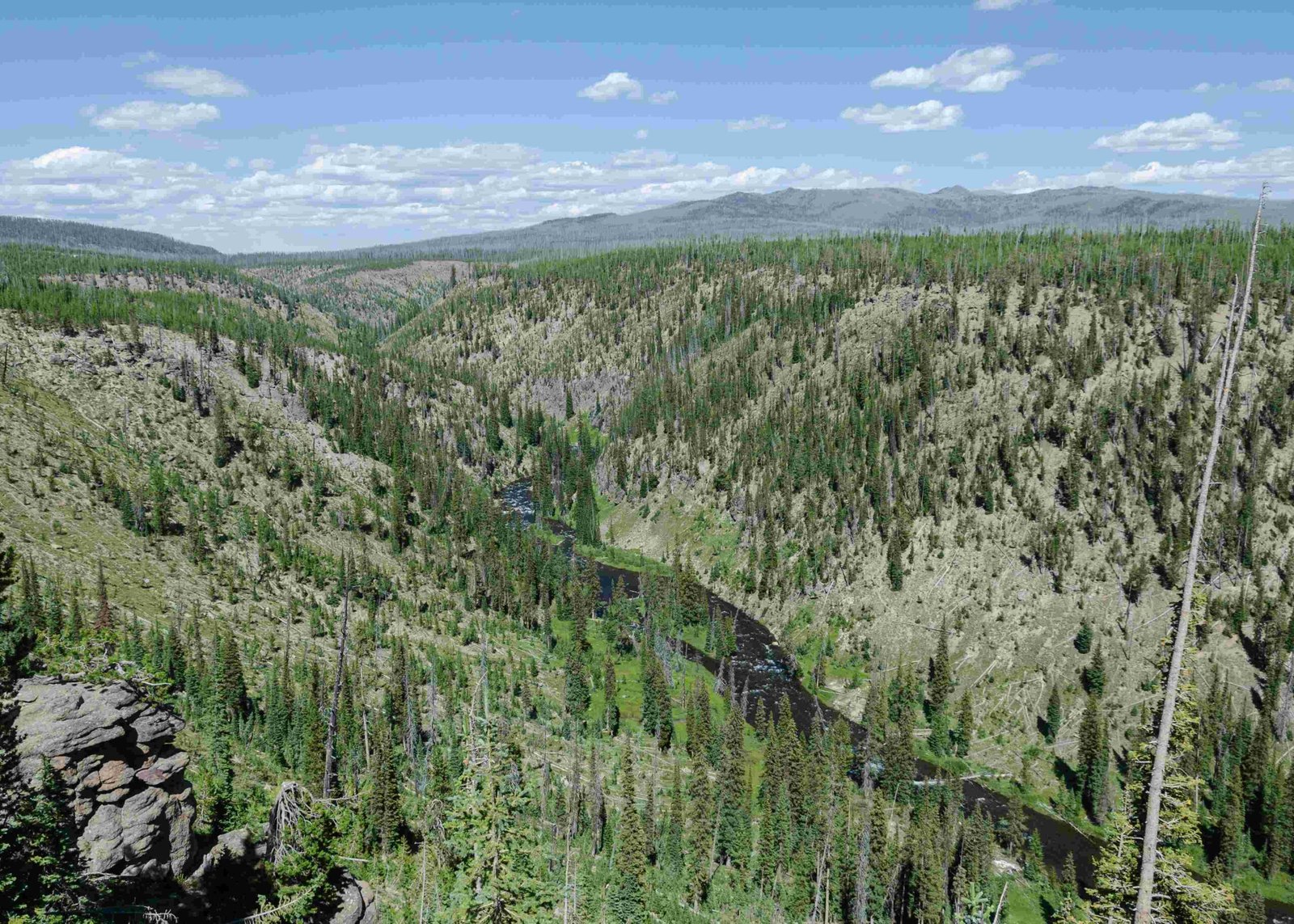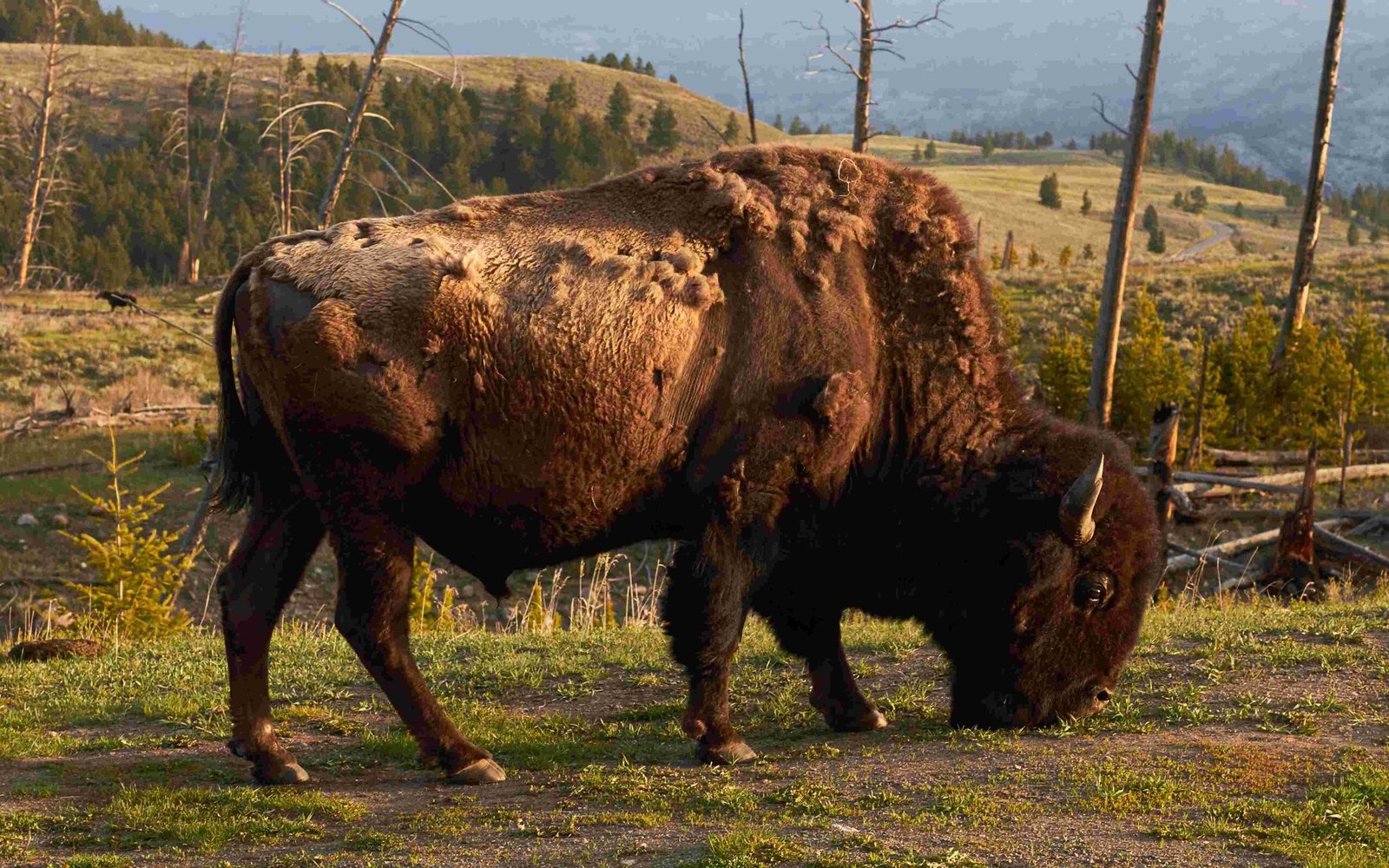Yellowstone National Park, a geological marvel, showcases the dynamic interplay of volcanic activity, geothermal features, and diverse ecosystems. The park’s unique landscape is shaped by a massive underground magma chamber, creating a complex network of geysers, hot springs, and fumaroles. This natural laboratory offers scientists unprecedented opportunities to study geothermal processes, seismic activity, and extremophile organisms thriving in harsh conditions.
What Drives Yellowstone’s Geothermal Activity?

The geothermal features in Yellowstone National Park are powered by a combination of geological processes:
- Heat Source: A partially molten magma body located 3-4 miles beneath the surface
- Water Supply: Rain and snowmelt from surrounding mountains
- Natural Plumbing System: Cracks and fissures in rhyolitic lava flows
- Temperature Ranges: From near-boiling points to as high as 459°F (237°C)
- Chemical Compositions: Varying pH levels and mineral content
These elements work together to create the park’s iconic geysers, hot springs, and fumaroles. The superheated water, under immense pressure, rises through the natural plumbing system, resulting in spectacular eruptions and colorful thermal features.
How Do Scientists Monitor Yellowstone’s Volcanic Activity?

Yellowstone’s volcanic history and ongoing seismic activity are closely monitored using various technologies:
- Seismometers: 22 permanent stations track earthquakes
- GPS Stations: Measure ground deformation
- InSAR Technology: Examines broader scale ground movements
- Temporary Seismic Nodes: For detailed studies of specific features
The park experiences thousands of earthquakes annually, most imperceptible to humans. These monitoring systems help scientists understand the dynamics of the magma chamber and predict potential volcanic activity.
What Makes Yellowstone’s Ecosystem Unique?
Yellowstone’s diverse habitats support a wide range of species, including:
- Thermophilic microorganisms (extremophiles)
- Large mammals like grizzly bears, wolves, and bison
- Various plant species adapted to different elevations and soil conditions
The park’s geothermal features create microclimates that host unique ecosystems. Thermophilic microorganisms, in particular, play a crucial role in shaping the colorful mats seen in hot springs and contribute to the overall biodiversity of the park.
How Does Thermal Water Chemistry Affect Yellowstone’s Landscape?
The chemical composition of Yellowstone’s thermal waters significantly impacts the park’s landscape and ecosystems:
| Chemical Component | Effect on Landscape |
|---|---|
| Silica | Forms sinter and geyserite deposits |
| Calcium Carbonate | Creates travertine terraces |
| Hydrogen Sulfide | Produces characteristic ‘rotten egg’ smell |
These minerals and gases create unique environments that support specialized microbial communities. The interaction between thermal waters and surrounding rocks also contributes to the formation of colorful mineral deposits, adding to the park’s visual appeal.
What Can We Learn from Yellowstone’s Extremophiles?
Yellowstone’s extreme environments host a variety of microorganisms that have adapted to survive in conditions once thought inhospitable to life. These extremophiles offer valuable insights into:
- Evolution and adaptation mechanisms
- Potential for life on other planets
- Biotechnology applications
- Early Earth conditions
Studying these organisms helps scientists understand the limits of life and may lead to discoveries in fields ranging from medicine to industrial processes.
How Does Yellowstone’s Geology Influence Its Weather Patterns?
Yellowstone’s unique geology creates microclimates that can significantly differ from surrounding areas:
- Geothermal heat affects local temperatures
- Steam from hot springs and geysers increases local humidity
- Mineral-rich soils influence plant growth and distribution
These factors combine to create diverse habitats within the park, supporting a wide range of plant and animal species.
What Role Does Yellowstone Play in Climate Change Research?
As a relatively pristine ecosystem, Yellowstone serves as an important site for climate change research:
- Long-term monitoring of plant and animal populations
- Study of glacial retreat and its effects on water resources
- Observation of changes in geothermal activity
- Analysis of fire frequency and intensity
Scientists use Yellowstone as a natural laboratory to understand how ecosystems respond to changing climate conditions, providing valuable data for global climate models.
The science behind Yellowstone National Park continues to fascinate researchers and visitors alike. As technology advances, our understanding of this unique ecosystem deepens, revealing new wonders and challenges in preserving this natural treasure for future generations.

